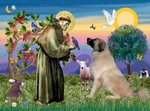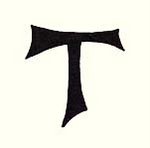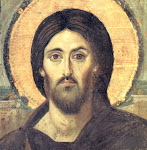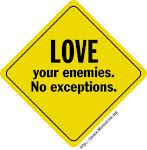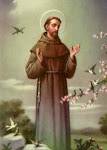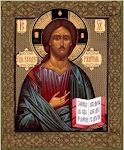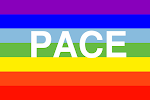 John L. Allen has written a new book about the future of the Catholic Church. He states that because of demographics, in the near future 3/4s of the worlds Catholics will be in the Southern hemisphere, the Church is in for some changes. Now this comes as no surprise. Many like to joke that the Catholic Church does not change or believe in change but in fact it has repeatedly transformed itself to meet the challenges of different ages.
John L. Allen has written a new book about the future of the Catholic Church. He states that because of demographics, in the near future 3/4s of the worlds Catholics will be in the Southern hemisphere, the Church is in for some changes. Now this comes as no surprise. Many like to joke that the Catholic Church does not change or believe in change but in fact it has repeatedly transformed itself to meet the challenges of different ages. Allen sees the difference in terms of greater influence of the South. He anticipates that cities in Africa and Asia will become centers of theological development. He sees a Church that is called upon to deal with feeding the hungry, addressing inequalities in the world economy and dealing with corruption.
My question is, what do you see as a possible future for the other World Religions? If Allen is correct and the Church is influenced at multiple levels by its growing membership in the South what immigration and growth factors may also influence Islam? We know the impact of post-colonialism, post-Cold War politics in radicalizing people. We know the role poverty and dictatorship plays in removing hope. As Pacific Rim nations become wealthier is it possible that Islam may reclaim its its past glory by again excelling in the areas of science, medicine, the arts and philosophy?
What about the influence of living in the West? Beyond sleeper cells and Islamic ghettos in Europe are there other factors? Is it possible that Muslims growing up in North America, Europe and Australia may also experience a moderating influence? Perhaps family structure and the role of women in the family will change. To be sure such changes will also depend on how the nations that are becoming the new homes for Muslims react to their new citizens. Perhaps one of the changes will be that greater contact with other faiths may lead to Westerners being more comfortable with Muslims and seeing them as individuals rather then stereotypes.
What might Judaism look like in the coming century? As the Catholic Church increases its dialogue with the Islamic World will this cause concern to Jews? Other than the very real concern of World Jewry to assure the existence of the State of Israel what other unifying issues may emerge? Will the relationship between Evangelical Christians and Israel continue or will competing interests lead to a weakening of this relationship?
How might Buddhism be influenced by the world in the coming century? To be sure it would be important to clarify which Buddhism. It may be that this becomes the faith of scientists, that men and women of science may find the philosophy of Buddhism more compatible with a neutral, empirical world view. Certainly as the world becomes smaller more people may become Buddhist simply out of exposure to it.
Finally, what will Hinduism look like in the coming century? Certainly there is a growing movement to claim India as a Hindu nation. While this appeals to some citizens of India it ignores a long history of being a multicultural, multi-religious nation. The question is what influence will this ancient faith have outside the subcontinent and a few pockets of the South Pacific and immigrant colonies around the globe?
Finally, what impact will the ecological crisis the people of this planet are facing have on members of each of these faith traditions?
What is clear is that in each case there are far too many variables to speak with certainty about what the future may hold. In each case there is reason to hope for greater interfaith cooperation and greater mutual respect. In each case politics and local need may easily alter this positive picture.
So my challenge to you is, in as a respectful manner as possible please tell me what you believe the future is for the world religions for the coming century. Your answer need not be consistent. The future of the Church in Nigeria may be very different from the Church’s future in Brazil. The experiences of Muslim immigrants to their new homes may be very different depending on what country the immigrants originate from or which country is their new home. I would ask you formulate your answers based on demographics, politics, and the influence of competing cultures. Theology and scripture will be for another time.
Peace, Shalom, Salaam
